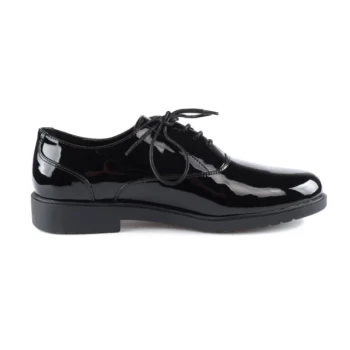The insulation materials used in snow boots are carefully selected to balance warmth, moisture management, and environmental adaptability. Key considerations include thermal efficiency (measured in grams for materials like Thinsulate), breathability to prevent overheating, and compatibility with waterproof layers. The choice varies significantly based on climate severity—extreme cold demands higher insulation ratings—while modern synthetic alternatives often outperform traditional options like down in wet conditions. Designers also prioritize materials that maintain flexibility and durability under heavy use, ensuring the boots remain functional in deep snow or icy terrain.
Key Points Explained:
-
Thermal Performance Requirements
- Insulation materials are rated by warmth (e.g., Thinsulate’s gram measurements), with higher ratings (200g+) for extreme cold like the Yukon, and lighter insulation for milder climates like Toronto.
- Modern synthetics (PrimaLoft, Thinsulate) trap heat efficiently while resisting moisture, unlike traditional down or sheepskin, which lose insulating properties when wet.
-
Moisture Management
- Effective insulation must be paired with waterproof/breathable membranes (e.g., Gore-Tex) to prevent sweat buildup, which can lead to heat loss.
- Breathability is critical to avoid overheating during activity, as excessive sweating compromises warmth.
-
Environmental Adaptability
- Boots for deep snow or sub-zero temperatures require thicker insulation and taller designs (knee-high) to block wind and snow ingress.
- Urban settings prioritize lighter insulation and sleeker profiles for versatility.
-
Material Durability and Flexibility
- Insulation must retain loft and thermal properties after compression (e.g., from walking) and resist wear from friction.
- Synthetic fibers like Thinsulate are favored for maintaining structure in flexible boot designs.
-
Integration with Boot Construction
- Insulation is placed beneath waterproof outer layers (rubber, neoprene) to protect against external moisture while allowing internal vapor escape.
- Shearling or fleece linings may be added for comfort but require careful sealing to avoid water absorption.
-
User-Specific Needs
- Activity level dictates insulation choice: high-output activities (hiking) need breathable materials, while static use (ice fishing) demands maximum warmth.
- Fit considerations include room for thick socks without compromising insulation contact with the foot.
By evaluating these factors, purchasers can select boots that align with both functional demands and environmental conditions, ensuring optimal performance and comfort.
Summary Table:
| Factor | Key Considerations |
|---|---|
| Thermal Performance | Higher gram ratings (200g+) for extreme cold; synthetics (PrimaLoft) outperform wet down. |
| Moisture Management | Waterproof membranes (Gore-Tex) + breathability to prevent sweat buildup. |
| Environmental Fit | Taller designs for deep snow; lighter insulation for urban use. |
| Durability | Synthetic fibers (Thinsulate) retain loft after compression. |
| Activity-Specific | Breathable for hiking; maximum warmth for static use (ice fishing). |
Ready to source high-performance snow boots tailored to your climate and needs? 3515, a leading manufacturer, specializes in bulk production of insulated footwear for distributors, brands, and outdoor retailers. Our expertise ensures:
- Optimized insulation (Thinsulate, PrimaLoft) for extreme cold or urban versatility.
- Durable, waterproof designs with breathable membranes for all-day comfort.
- Customizable fits to accommodate thick socks or specific activities.
Contact us today to discuss your bulk order requirements and get boots engineered for real-world conditions!
Related Products
- Customizable Slip-On Safety Shoes Direct from the Factory for Wholesale
- Athletic Safety Shoes with Dial Closure & Steel Toe for Wholesale & Custom Manufacturing
- Puncture-Resistant Velcro Safety Boots for Wholesale & Custom Manufacturing
- Wholesale Anti-Smash & Puncture-Proof Safety Shoes Custom Manufacturing for Brands
- Wholesale Safety Footwear Manufacturer for Bulk & Custom OEM Orders
People Also Ask
- Is it normal to wear shoes in the house? Cultural Norms & Hygiene Explained
- How do shoes prevent injuries indoors? Essential Footwear Safety Tips
- How often should work boots be replaced? Key Signs & Replacement Guide
- Why is traction important in work boots, and what sole features enhance it?
- Do work boots provide good traction on slippery surfaces? Essential Safety Features Explained

















